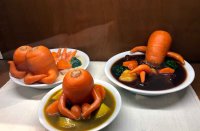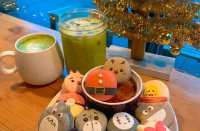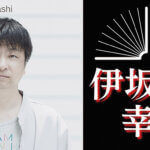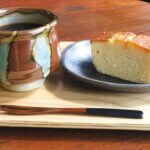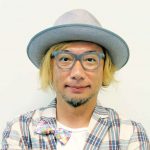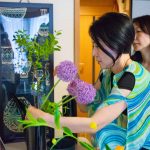Being Japanese Canadian: Reflections on a Broken World, exhibition at Royal Ontario Museum
Steven Nunoda’s installation piece in the ROM’s “Japanese Canadian: reflections on a broken world” puts two distinctly different memories in the same space. “The moon,” the Japanese Canadian artist mentions, “is something unattainable. There’s that quality to it.” The piece, inspired by his daughter’s suggestion to build a ladder to reach the moon, is placed above rows of small houses, painted black. The black houses, perfectly in line, conveys a sense of silence, that something is left unspoken.

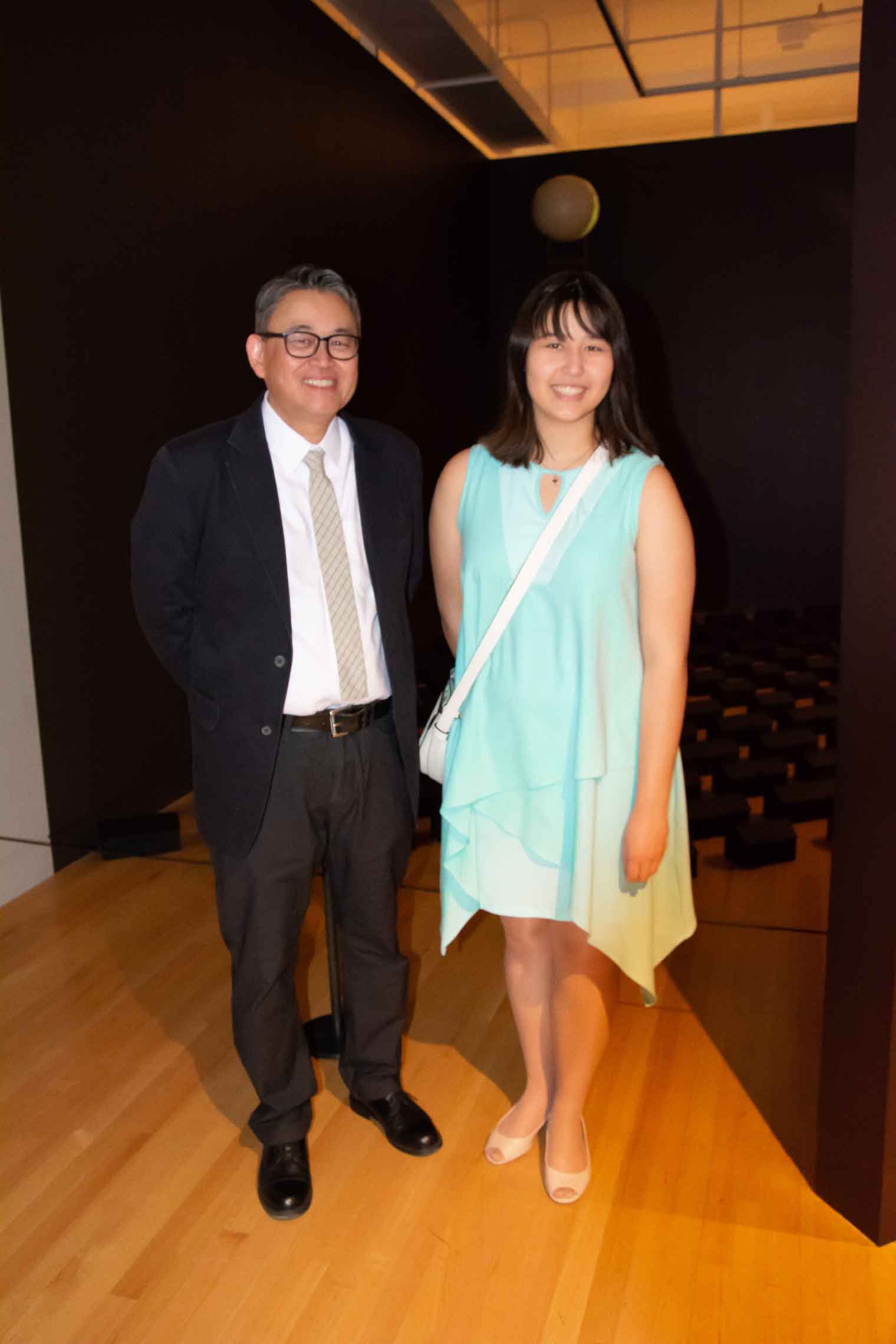
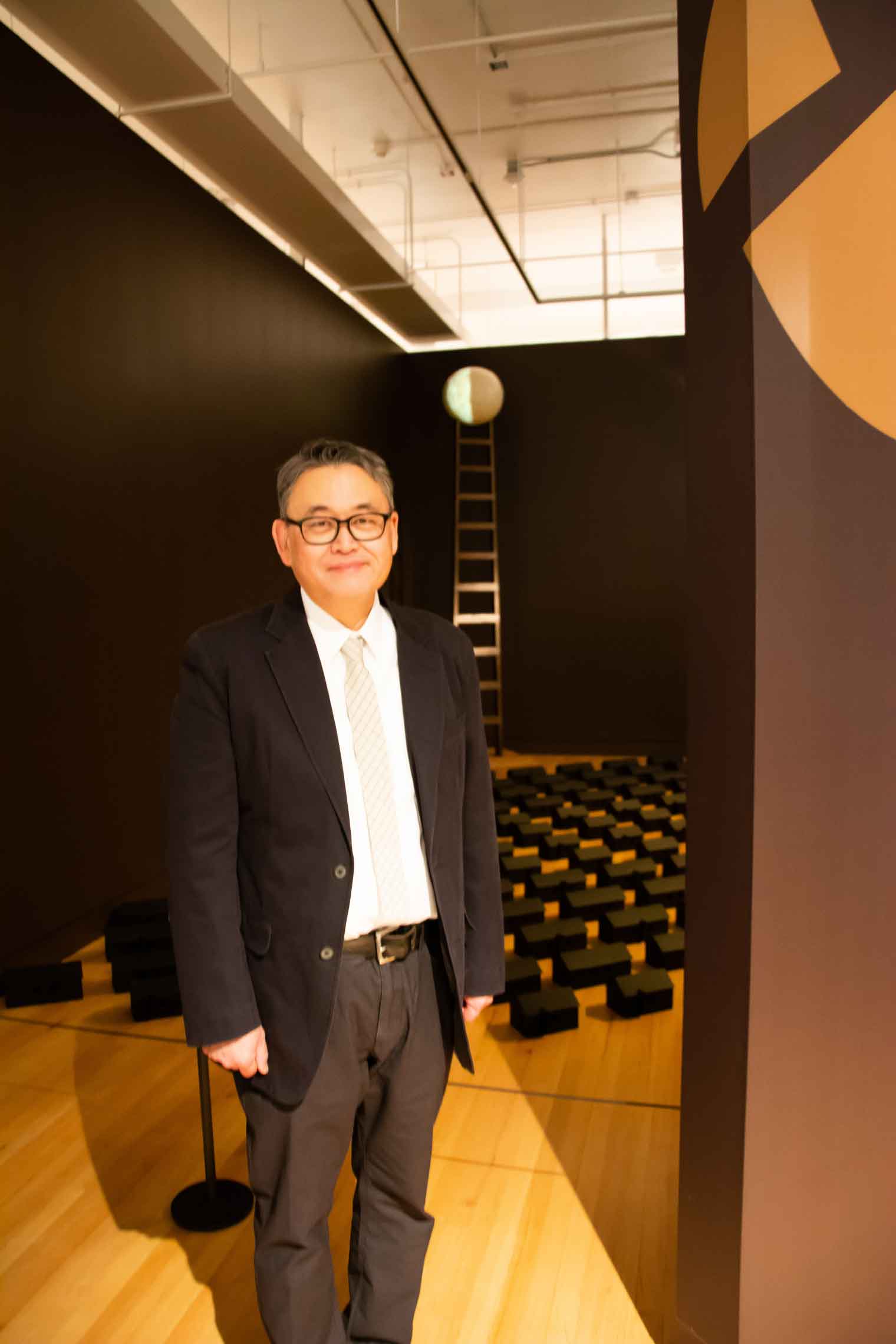
“The younger generation gets to learn more about it (the internment camps). The Issei (first generation) and Nisei (second generation) avoid talking about it. I think it is important, as Canadians, to talk about this part of history,” says Steven.
The moon hangs, unattainably, above the rows of silent houses, gently illuminating the quiet space, suggesting that perhaps, that what was once inexpressible can finally be expressed, discussed, after years, generations, through a ladder thought of by his young daughter, in this a space, an exhibition where Japanese Canadians have to oppourtunity to tell their history.
What was once left unspoken can finally be discussed and exist in shadows no longer.
Steven Nunoda Biography
Steven Nunoda is a multidisciplinary artist based in Calgary, Alberta. His practice centres on extended research projects dealing with questions of material-as-metaphor, family life, culture and place, memory and identity. His sculpture and installation work incorporate miniatures, woodcarvings, constructions, digital imaging and output, text, and time-based strategies.
For more information about the artist, please visit his website: http://www.mcnoda.com/home
Being Japanese Canadian: Reflections on a Broken World
February 2, 2019 to August 5, 2019
Royal Ontario Museum
Level 1, Sigmund Samuel Gallery of Canada
This exhibition gives visitors the chance to understand personal perspectives on the exile, dispossession, and internment of Japanese Canadians during the 1940s through a series of artworks interspersed throughout the Sigmund Samuel Gallery of Canada. The installations include contemporary artists who experienced this history first hand, and those who grapple with their parents and grandparents’ experiences. Being Japanese Canadian prompts us to reflect on the long-lasting ramifications of this historical Canadian injustice, and what it means to be Canadian today.


